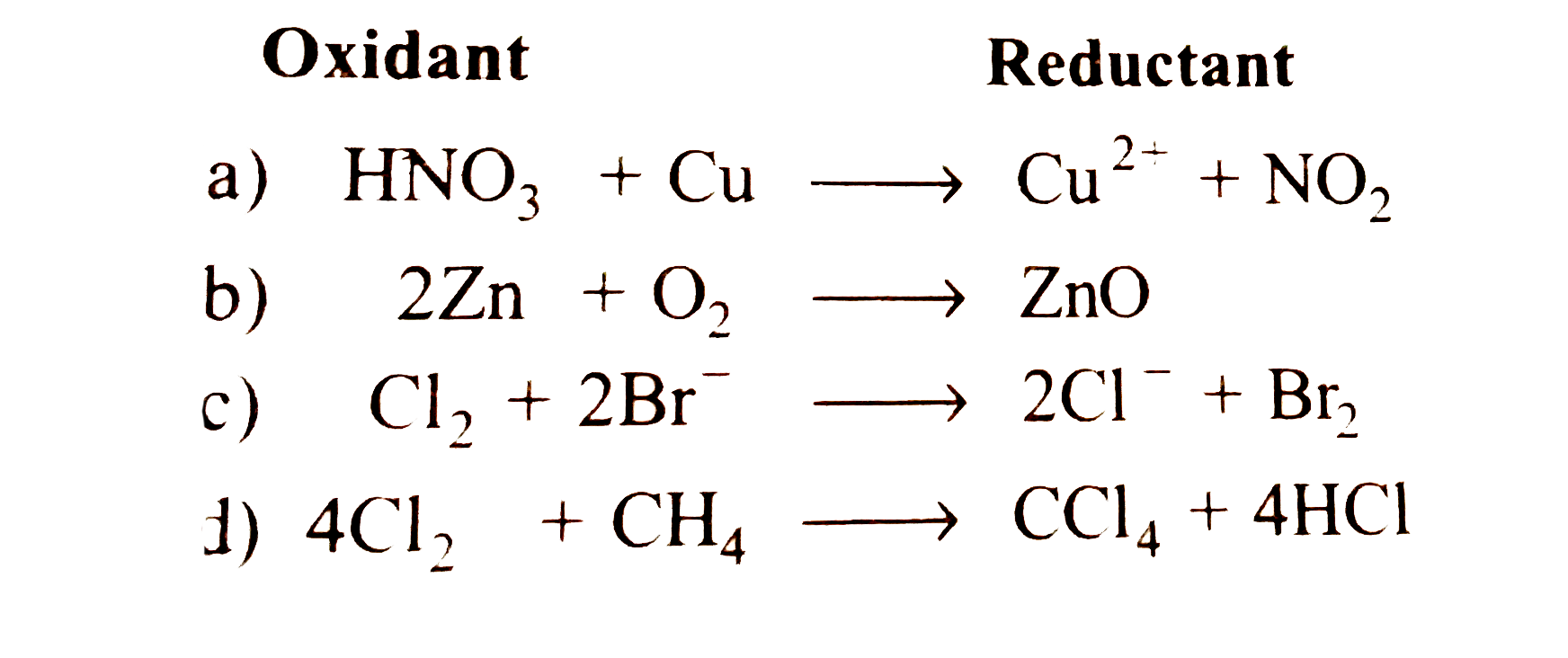Write True/False:
In Redox reaction first oxidation take place.
The correct Answer is:F
To determine whether the statement "In a redox reaction, first oxidation takes place" is true or false, we need to analyze the nature of redox reactions.
1. Understanding Redox Reactions:
- A redox (reduction-oxidation) reaction involves the transfer of electrons between two species. One species undergoes oxidation (loses electrons), while the other undergoes reduction (gains electrons).
2. Simultaneous Process:
- In a redox reaction, oxidation and reduction occur simultaneously. This means that when one substance is oxidized, another substance is being reduced at the same time.
3. Analyzing the Statement:
- The statement claims that oxidation occurs first in a redox reaction. However, since oxidation and reduction happen at the same time, it is incorrect to say that one occurs before the other.
4. Conclusion:
- Therefore, the statement "In a redox reaction, first oxidation takes place" is False.
Final Answer:
False
- A redox (reduction-oxidation) reaction involves the transfer of electrons between two species. One species undergoes oxidation (loses electrons), while the other undergoes reduction (gains electrons).
- In a redox reaction, oxidation and reduction occur simultaneously. This means that when one substance is oxidized, another substance is being reduced at the same time.
- The statement claims that oxidation occurs first in a redox reaction. However, since oxidation and reduction happen at the same time, it is incorrect to say that one occurs before the other.
- Therefore, the statement "In a redox reaction, first oxidation takes place" is False.
False
Topper's Solved these Questions
- REDOX REACTIONS BOOK - CBSE COMPLEMENTARY MATERIALCHAPTER - REDOX REACTIONS EXERCISE - MATCH THE COLUMNS
2 Videos
- REDOX REACTIONS BOOK - CBSE COMPLEMENTARY MATERIALCHAPTER - REDOX REACTIONS EXERCISE - ASSERTION AND REASON TYPE QUESTIONS
10 Videos
- REDOX REACTIONS BOOK - CBSE COMPLEMENTARY MATERIALCHAPTER - REDOX REACTIONS EXERCISE - FILL IN THE BLANKS
10 Videos
- P-BLOCK ELEMENTSBOOK - CBSE COMPLEMENTARY MATERIALCHAPTER - P-BLOCK ELEMENTSEXERCISE - UNIT TEST
8 Videos
- s-BLOCK ELEMENTS BOOK - CBSE COMPLEMENTARY MATERIALCHAPTER - s-BLOCK ELEMENTS EXERCISE - UNIT TEST
4 Videos
Similar Questions
Knowledge Check
β-oxidation takes place in
AMatrix of mitochondriaBCell cytoplasmCInter mitochondrial chamberDRibosomesWhere does oxidation take place?
AWhere there is ready access to the atmosphere and oxygenated waters.BWhere there are plants.CWhere there is moisture in air.DIn mountainous regions.In electrolysis , oxidation takes place at
AanodeBcathodeCboth at the anode as well as cathodeDthe surface of electrolyte solution
Oxidation takes place with -
View SolutionOxidation and reduction process involves the transaction of electrons. Loss of electrons is oxidation and the gain of electrons is reduction. It is thus obvious that in a redox reaction, the oxidant is reduced by accepting the electrons and the reductant is oxidised by losing electrons. The reactions in which a species disproportionates into two oxidation states (lower and higher) are called disproportionation reactions. In electrochemical cells, redox reaction is involved, i.e., oxidation takes place at anode and reduction at cathode.
The reaction Cl2→Cl−+ClO−3 is:
View SolutionOxidation and reduction process involves the transaction of electrons. Loss of electrons is oxidation and the gain of electrons is reduction. It is thus obvious that in a redox reaction, the oxidant is reduced by accepting the electrons and the reductant is oxidised by losing electrons. The reactions in which a species disproportionates into two oxidation states (lower and higher) are called disproportionation reactions. In electrochemical cells, redox reaction is involved, i.e., oxidation takes place at anode and reduction at cathode.
Which of the following reactions is/are correctly indicated?

View SolutionOxidation and reduction process involves the transaction of electrons. Loss of electrons is oxidation and the gain of electrons is reduction. It is thus obvious that in a redox reaction, the oxidant is reduced by accepting the electrons and the reductant is oxidised by losing electrons. The reactions in which a species disproportionates into two oxidation states (lower and higher) are called disproportionation reactions. In electrochemical cells, redox reaction is involved, i.e., oxidation takes place at anode and reduction at cathode.
Select the correct statement:
View SolutionOxidation and reduction process involves the transaction of electrons. Loss of electrons is oxidation and the gain of electrons is reduction. It is thus obvious that in a redox reaction, the oxidant is reduced by accepting the electrons and the reductant is oxidised by losing electrons. The reactions in which a species disproportionates into two oxidation states (lower and higher) are called disproportionation reactions. In electrochemical cells, redox reaction is involved, i.e., oxidation takes place at anode and reduction at cathode.
Detennine the change in oxidation number of sulphur in H2SandSO2 respectively in the following reaction:
2H2S+SO2→2H2O+3S
View Solution
